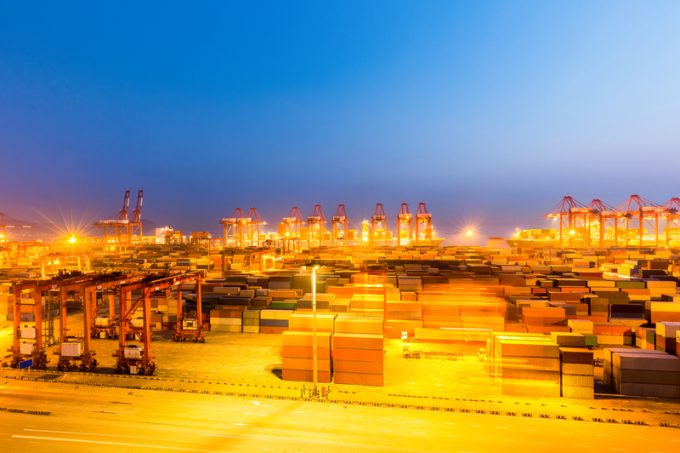Maersk u-turn as port congestion increases across Northern Europe
Just a few months after electing to swap its UK hub from Felixstowe to London ...

The port of Shanghai has maintained its position as the world largest container port.
However, new data from Alphaliner today shows its lead over second-placed Singapore narrowed last year.
Shanghai posted 2018 throughput of 42.01m teu, 4.4% growth on 2017, while Singapore handled 36.6m teu, representing growth ...

Comment on this article